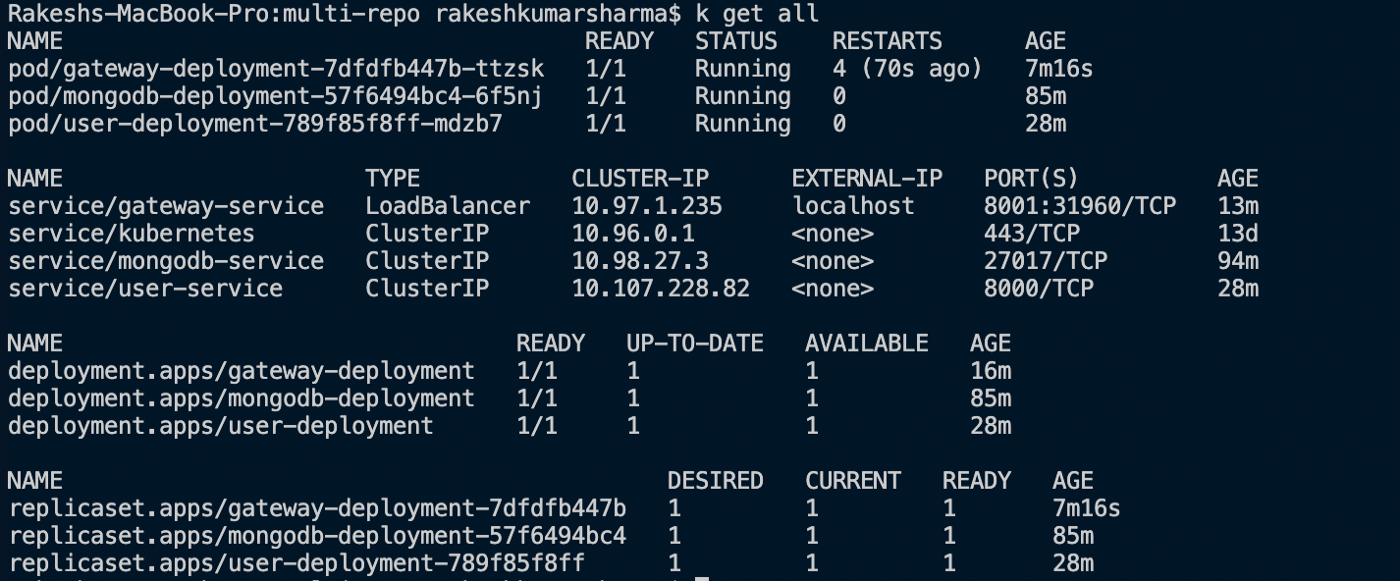What we are going to achieve in this article
- What is Kubernetes? Why and when should we use it?
- The flow of the entire service.
- Create a basic microservice.
- Add Kubernetes necessary file and explain about these files.
- Run this Kubernetes and access this on localhost.
Step 1: What is Kubernetes? Why and when should we use it?
I assume that if you came here, you probably have some idea about Kubernetes. But even if you don’t know about Kubernetes, please follow the resources below, which will give you a clear idea about Kubernetes.















